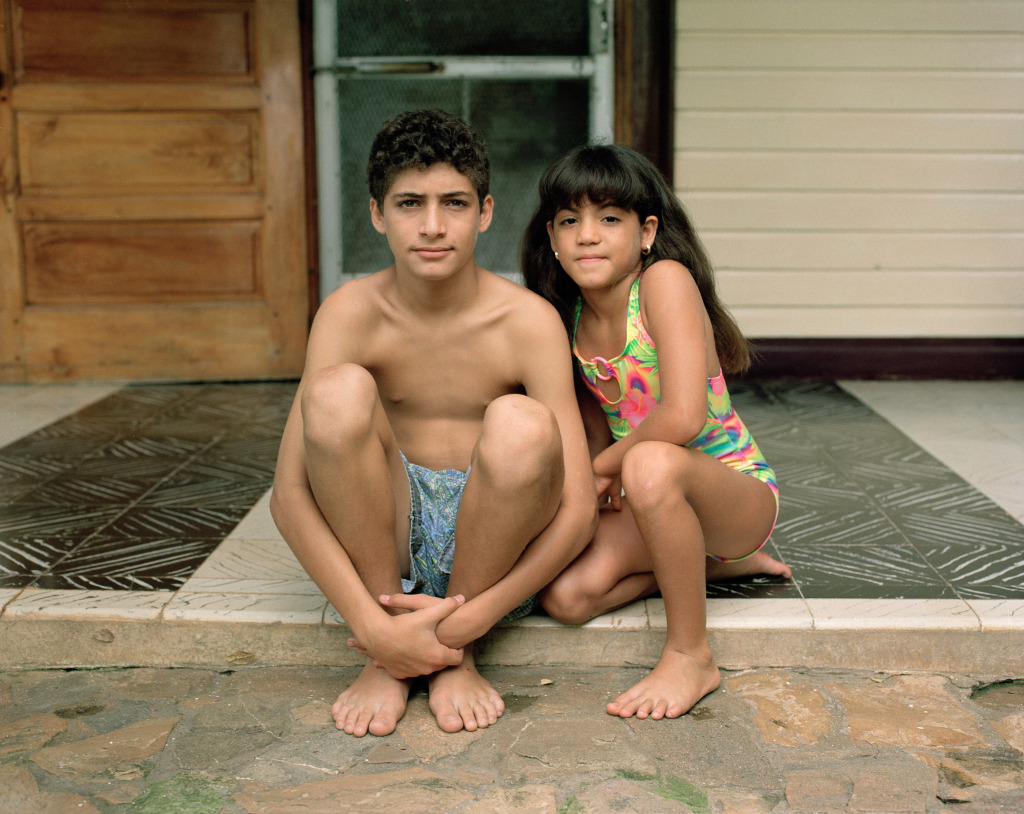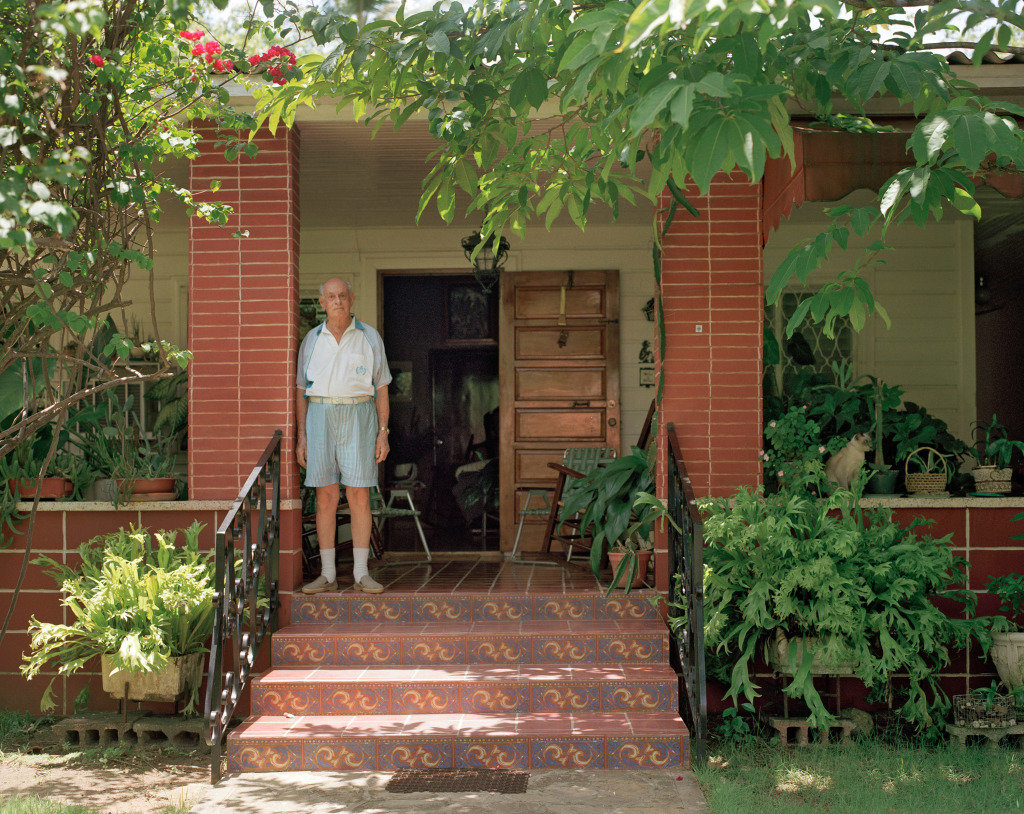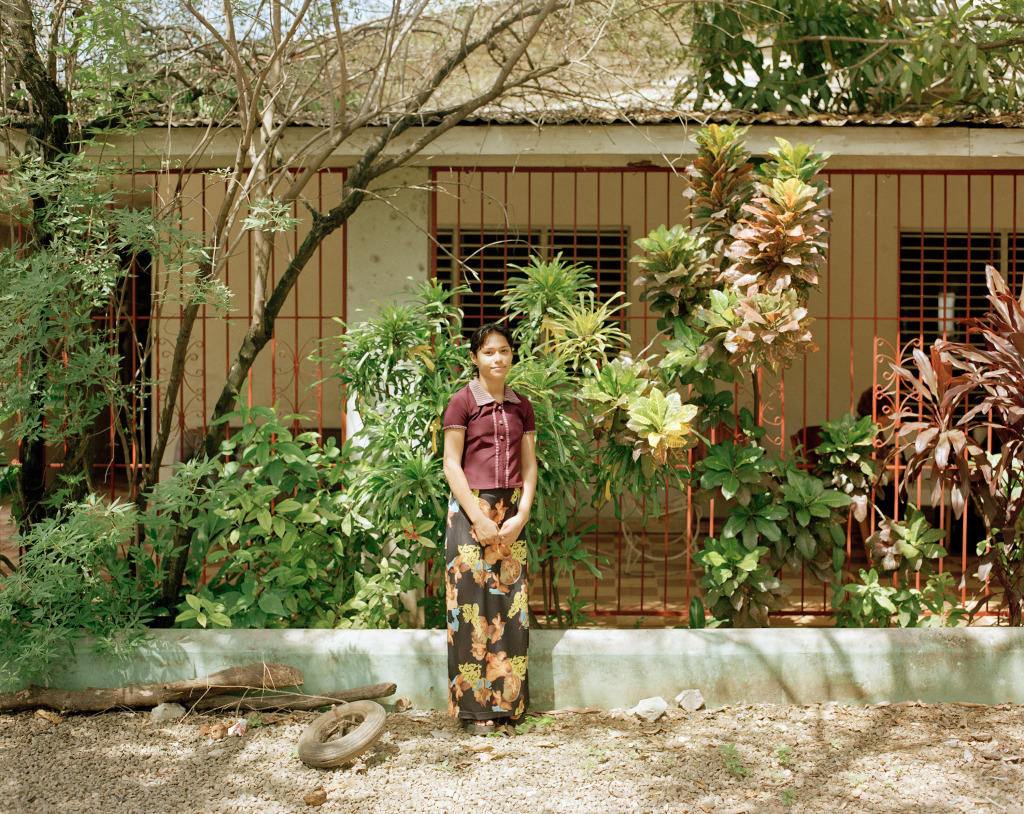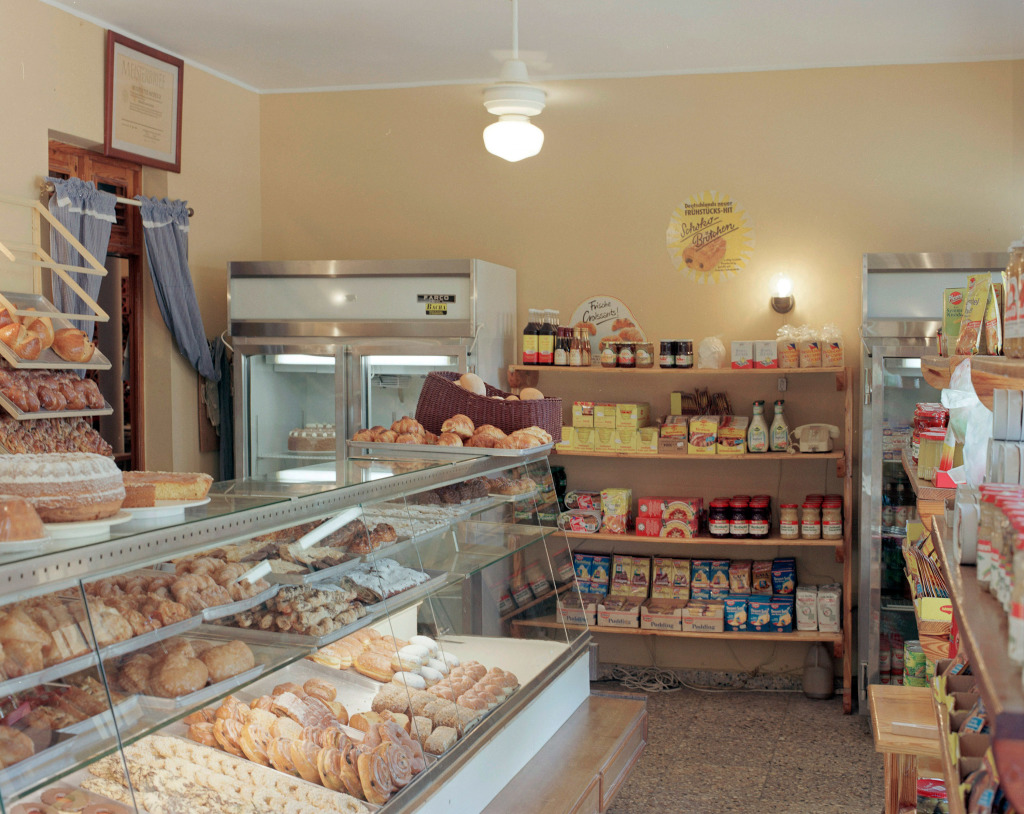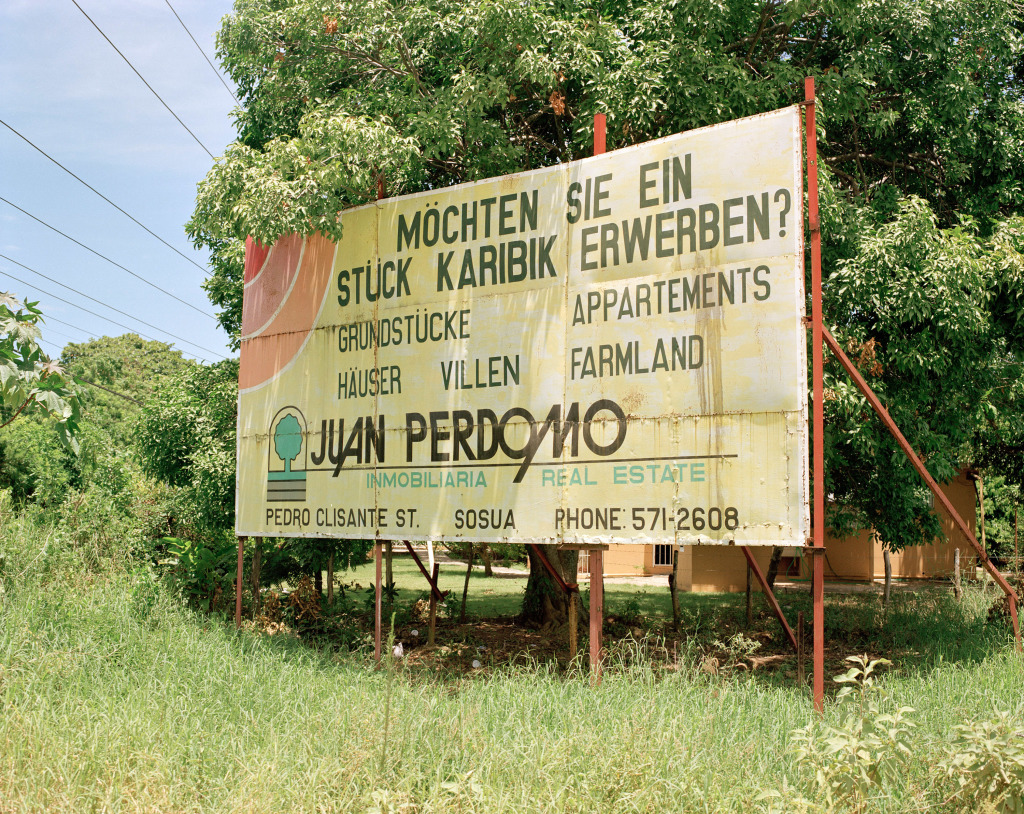


Sosúa
In 1938 the infamous dictator of the Dominican Republic, Rafael Trujillo, agreed to resettle a quota of European Jews who were trying to escape Hitler. About 600 Jewish men came and settled in a remote forested area of the Dominican Republic that had been abandoned by the United Fruit Company.
One purpose of his benevolence was diplomacy: a year earlier he had massacred over 25,000 Haitians, and needed to respond to international protests against his “Caribbean holocaust.” Accepting Jewish refugees, especially at a time when most nations, including the U.S., were closing their doors to them, helped improve his image. Another of his motives was racist: he hoped that the new European immigrants would “lighten” the local population through intermarriage.
The refugees that stayed, most of them urban, educated, and German-speaking men, managed to adapt to their incongruous surroundings and established a thriving meat and dairy industry as well as a popular tourist destination. Nowadays, the remaining original settlers and their families must share this Caribbean town with masses of mostly young, loud, sun-seeking European tourists, primarily from Germany.
Andrea Robbins and Max Becher 1999-2001



